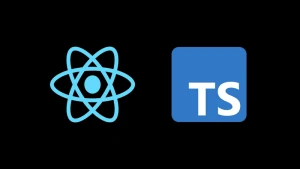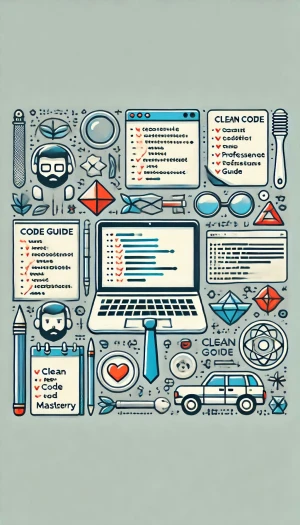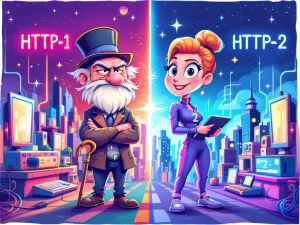الدورات
title
The Future-Ready React Stack in 2025

The Cutting-Edge React Stack for 2025
React has been a foundational tool in front-end development for years, and its ecosystem keeps advancing. While AI is transforming the tech industry, the core tools and technologies that power React development remain essential. Whether you're starting a new project or updating an existing one, this overview of the 2025 React tech stack will help you stay competitive.
Core: React with TypeScript
React paired with TypeScript has become the standard for modern web development. TypeScript adds type safety, helping catch errors early, simplifying code refactoring, and improving IDE autocomplete functionality. It also serves as built-in documentation, making it easier for new team members to get up to speed. If you haven’t adopted TypeScript yet, now is the perfect time.
Meta Framework: Next.js
Next.js remains the leading meta framework for React developers. It supports React 19, provides integrated routing, API management, and performance enhancements like server-side rendering (SSR) and static site generation (SSG). While other frameworks like Remix and Tanstack Start are worth considering, Next.js stands out for its flexibility and extensive feature set.
Styling: Tailwind CSS and shadcn/ui
Tailwind CSS has redefined how developers handle styling, offering a utility-first approach for quick prototyping and consistent designs. Combined with shadcn/ui, you gain access to a library of accessible, pre-built components that work seamlessly with Tailwind. This duo ensures smaller bundle sizes and a more efficient development process.
Client-State Management: Zustand
For managing client-side state, Zustand is a lightweight and effective solution. It reduces boilerplate code, has a small bundle size, and offers a simple API. With Zustand, you can create a store in just a few lines of code, making it suitable for both small and large applications.
Server-State Management: TanStack Query
TanStack Query (previously React Query) simplifies server-state management by handling data fetching, caching, and real-time updates effortlessly. Features like automatic data refreshing, optimistic updates, and built-in devtools make it a must-have for modern React applications.
Animation: Framer Motion
Framer Motion is the top choice for creating animations in React. Its declarative API makes it easy to build smooth, interactive animations. With support for gestures, shared layout animations, and advanced motion design, Framer Motion is ideal for everything from simple transitions to complex user experiences.
Testing: Vitest, React Testing Library, and Playwright
A strong testing strategy is crucial for any React project. Vitest is a fast, modern alternative to Jest, offering native ES modules support. React Testing Library ensures components are tested in a way that reflects user interactions, while Playwright excels at end-to-end testing with support for multiple browsers, visual testing, and mobile device emulation.
Tables: TanStack Table
For managing complex tables, TanStack Table is an essential tool. It provides type-safe tables, virtual scrolling for large datasets, and flexible column configurations. Its performance and ease of use make it perfect for applications that rely heavily on tabular data.
Forms: React Hook Form
Handling forms in React has never been easier thanks to React Hook Form. It’s fast, lightweight, and integrates seamlessly with TypeScript. When paired with validation libraries like Zod, it simplifies form management and ensures a smooth user experience.
Database: Supabase
Supabase has evolved into a full-featured backend solution, offering real-time subscriptions, edge functions, and a user-friendly SQL interface. While it’s not AI-focused, its robust capabilities make it an excellent choice for modern React applications.
Mobile Development: React Native
For cross-platform mobile development, React Native remains the leading choice. It allows developers to write code once and deploy it across iOS and Android while maintaining native performance. With a rich ecosystem of libraries and tools, React Native is the go-to solution for mobile app development.
Component Development: Storybook
Storybook is a vital tool for building and testing components in isolation. It supports component-driven development, provides a built-in testing environment, and automatically generates documentation. Its collaboration features make it popular among both designers and developers.
Hosting: Vercel
Vercel is the preferred hosting platform for React apps, especially those built with Next.js. It offers seamless deployment, edge functions for better performance, built-in analytics, and a global CDN to ensure your app loads quickly everywhere.
Final Thoughts
This modern React tech stack is designed to help you build scalable, high-performance, and maintainable applications. While it includes a range of powerful tools, the best stack is the one that aligns with your team’s needs and project goals. Start small, experiment with these tools, and integrate what works best for you. The future of React development is promising, and with this sta





